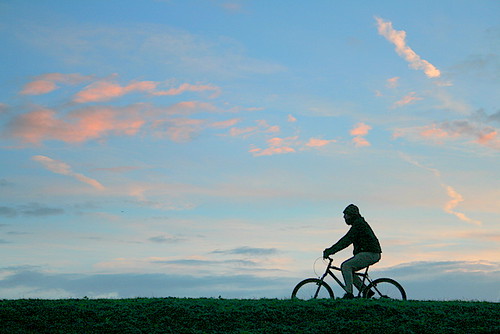
Inspired by Simon's Mote Park blog, in which he reported that he'd seen a Lesser Spotted Woodpecker, we went inland today to Larkeyvalley and then to Park Wood, Challock. It was a lovely day, sheltered and bright in the woods, but little stirred in Larkeyvalley except a few
Redwings keeping to the treetops - not even a Great Spotted.

We moved on to Park Wood, a smallish wood managed by the Woodland Trust, and with more space and facing south there seemed to be a more lively atmosphere. There were clearly tit flocks around, and after some scanning into the thickets we were rewarded with some good views of
Marsh Tits, as well as the Great, Blue and Long-Tailed versions and a couple of Goldcrests.

We walked up through the wood, testing our knowledge of distant bird calls, and spotting a
Bullfinch and - astonishingly - a
Common Buzzard flying low through a clearing. A
Nuthatch called, its piping echoing around the trees but it stayed resolutely on the wrong side of the trunk until it flew.

Returning to the gate by the road, we heard more tits calling including a loud Marsh Tit, which we found high in the canopy. As we watched it we saw another bird, slightly larger, pass behind it and land nearby branch - its barred back showed it was a
Lesser Spotted Woodpecker. It flew before we could move for a better angle, but returned a few minutes later, its rounded wings clearly showing its family trait. No photos of course, but a memorable sight of this little bird that had eluded us for so long.
And finally, as I was pottering around the garden in the afternoon, I was delighted that the Long-Tailed Tits had found my fat ball. What more could one ask?


Beautiful sunrise, beautiful sunset, lovely (bird-filled) day.
 A few observations from the birding world that is East Kent, on a day when the recent pleasant sunny spell comes an end......... there were large numbers of Gannets feeding off Kingsdown this morning - up to ten in the binoculars at a time, plunging into the sea in the relatively sheltered lea of the cliffs.
A few observations from the birding world that is East Kent, on a day when the recent pleasant sunny spell comes an end......... there were large numbers of Gannets feeding off Kingsdown this morning - up to ten in the binoculars at a time, plunging into the sea in the relatively sheltered lea of the cliffs.


















































